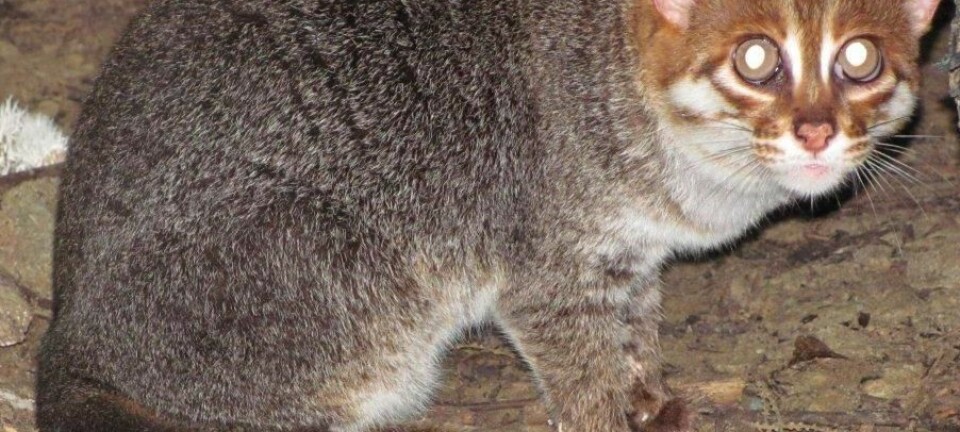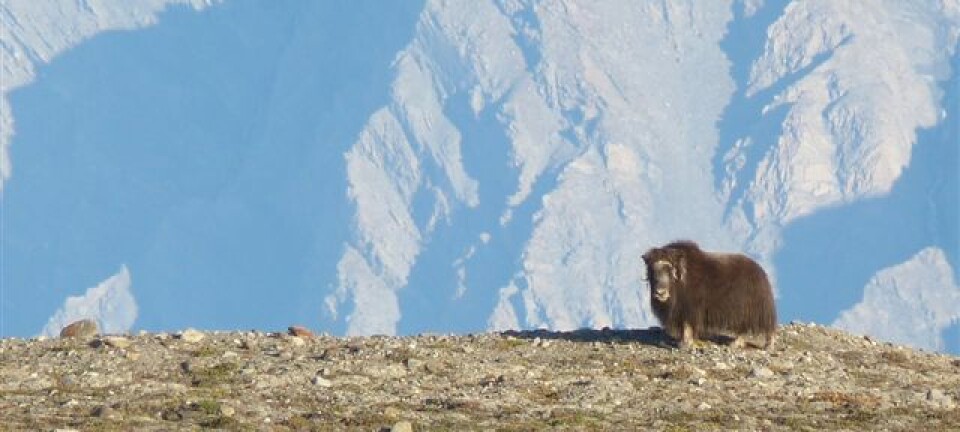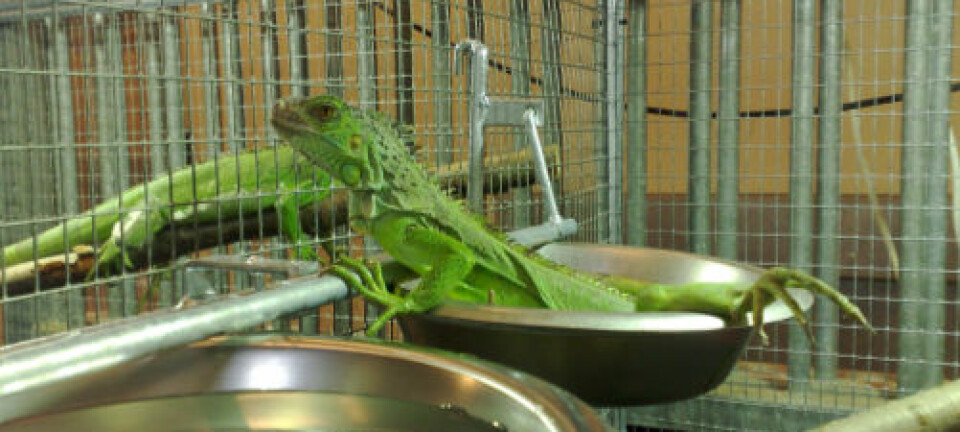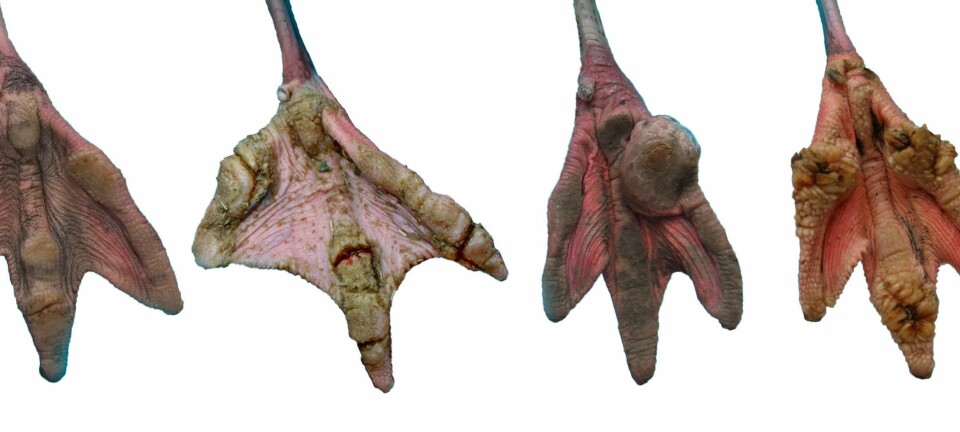
Zebra stripe mystery solved
It’s been unclear up to now why zebras are striped, but now a team of Swedish and Hungarian researchers claim to have solved the mystery.
A pattern of narrow black stripes keeps blood-sucking insects away.
That’s the evolutionary explanation for the seemingly impractical outfit worn by zebras, according to a study just published in the Journal of Experimental Biology.
Stripes give better protection than colours
The researchers studied how horseflies – known for their nasty bites – were attracted to various colours.
They set up models of horses with different colours in a field – one of which painted with black and white stripes.
It turned out that the flies were particularly attracted by the waves emitted by black material.
But the great news was that the flies were even more attracted to white surfaces with black stripes than by all-white surfaces.
”This came as a surprise to us because you still have dark areas in the striped pattern,” Professor Susanne Åkesson, of Lund University in Sweden, told the BBC. “But the narrower and more zebra-like the stripes were, the less attractive the pattern was to the flies.”
Thickness of the stripes are key
ScienceNordic turned to the Copenhagen Zoo for a comment on the new finding:
“The results seem well-founded,” says zoologist Mikkel Stelvig. “They have even discovered that when the thickness of the stripes comes below a certain point, the stripes are even better at keeping the flies away.”
And according to the study, the zebra stripes are below this level of thickness. This is particularly interesting because it indicates that the impact of the flies has played a part in the evolution of the striped pattern.
Not the only explanation
Stelvig is keen to point out that this is probably not the only reason why zebras are striped.
“When zebras move in large groups, predators find it difficult to make heads and tails of the individual animal – and that’s crucial for them to identify their prey.”
--------------------------------------------------
Read this article in Danish at videnskab.dk
Translated by: Dann Vinther













